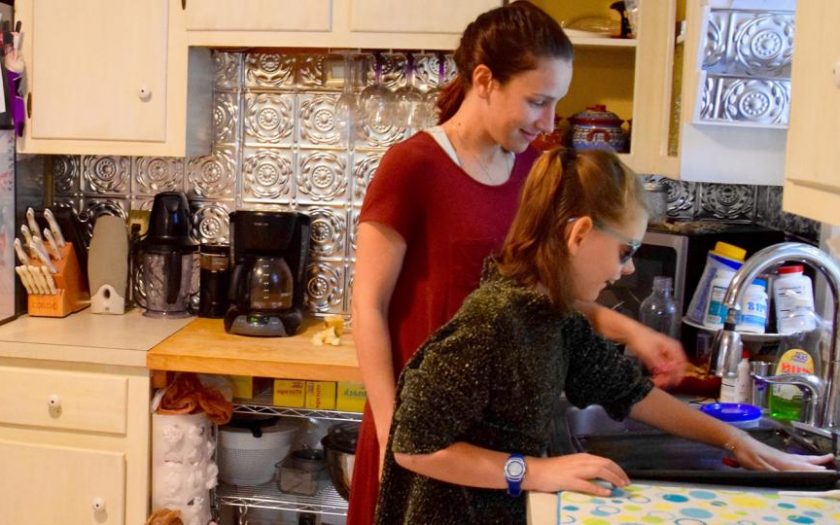By Daniel Williams of ‘Visualise Training and Consultancy’
“When someone first loses their sight, one of the big worries is how to cope with preparing and cooking meals unaided in the kitchen. You may be surprised at just what is available, and at reasonable cost, to help you.”

Daniel Williams
IT’S ALL TALK
“Aids and adaptions abound and cooking a nutritious meal by yourself without sight is not daunting or impossible as you may think as everything talks these days. There is a huge range on the market, and so many appliances that can speak out or make hard tasks easy, from small hand-held gadgets to larger electrical appliances.”

“What could be more fun than a talking microwave or combination oven? This gives you an audible voice telling you what functions you have chosen which include power setting and selected cooking time. You simply press the control buttons and the microwave will follow with an audible speech outlet confirming your choice – ready, steady, cook!”
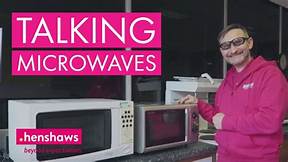
IT’S GETTING HOT!
“You can even test the temperature of your food, using a thermometer with a speech output, but first you need to get the timing right.”
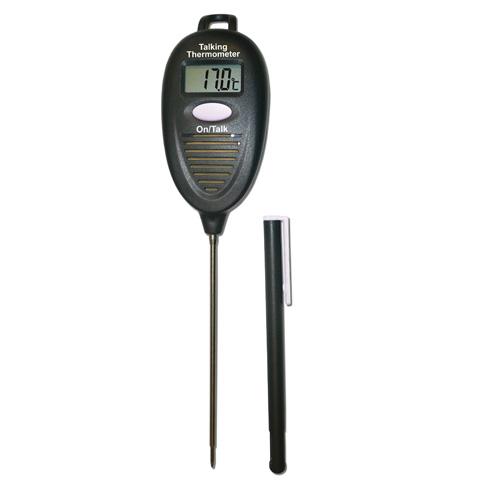
“A convenient tool is an electronic timer which can even be purchased from Amazon. It will treat you to a flashing, vibrating or audible alert or you could get one with a vocal hour hour, minute and second countdown.”
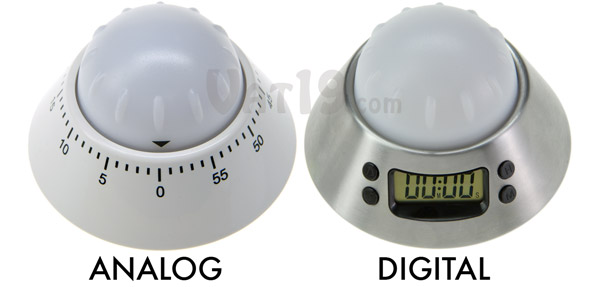
“However, if you don’t have the foggiest idea what tin or packet you’ve pulled out of your fridge, freezer or cupboard before you get that far, what then? Fear not, talking labels is the answer – a simple device that will tell you what your item contains. With a talking tin lid or PenFriend, you can identify the contents so there’s no more eating pineapple chunks when you wanted baked beans.”
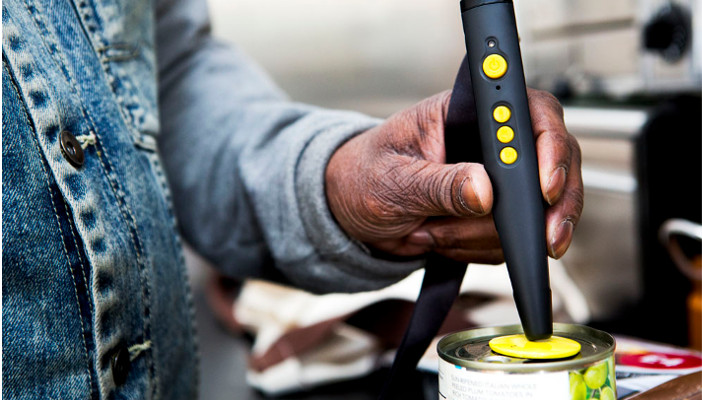
“How will you cope, making the panacea of all ills, a nice cuppa, knowing when to stop pouring the water into your cup? The solution lies with a simple gadget called a liquid level indicator which is battery powered and fits neatly over the side of your cup, glass, mug – or a bowl or a jug, adjusting to the size. When your container is at the right level, allowing for milk to be added, it will emit a sound or can vibrate. Using a contrasting colour for your container might help too and a one cup kettle is a great idea to reduce your electric bill.”
Part Two of this article will appear shortly
CLICK HERE for more information about Visualise
daniel@visualisetrainingandconsultancy.co.uk

